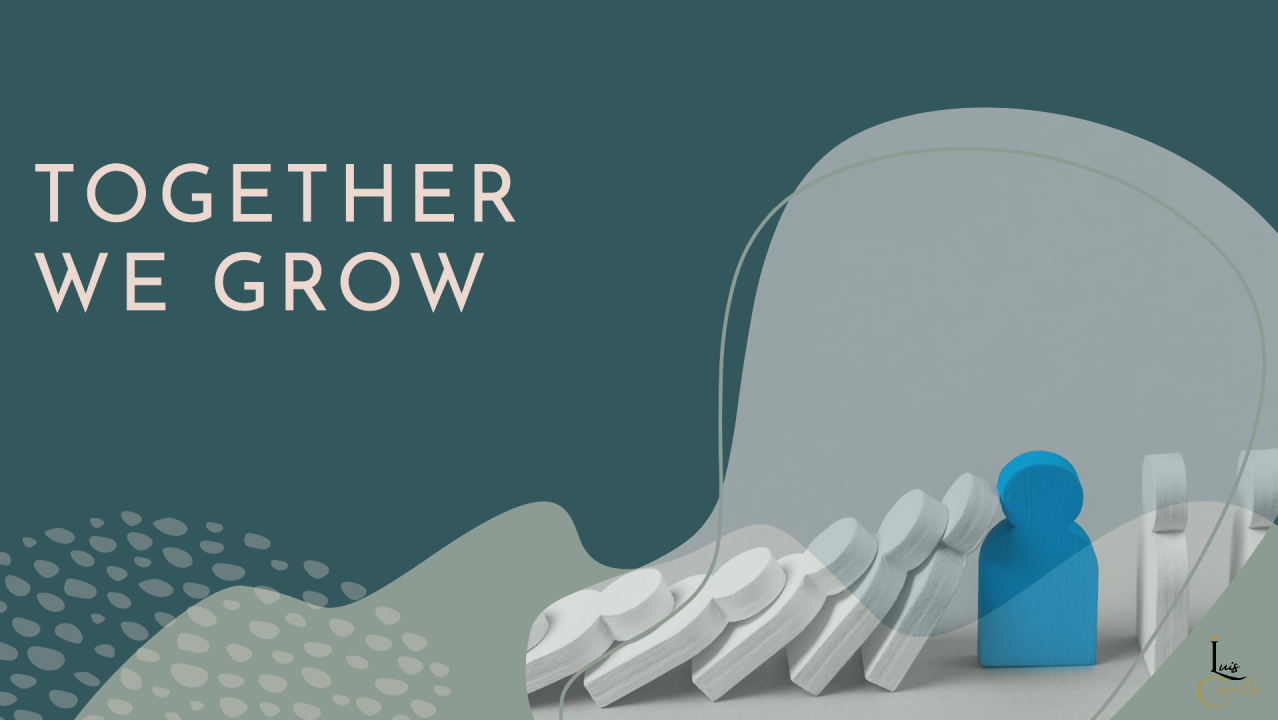In an increasingly competitive and dynamic business world, organizational development has become a fundamental aspect for the long-term success of companies. Organizational development involves implementing strategies and processes aimed at improving the effectiveness, efficiency, and adaptability of an organization to achieve its business objectives and meet the changing needs of the market and its stakeholders. In this article, we will explore some effective organizational development strategies that can drive sustainable growth for any business.
1. Needs Assessment: The first step in effective organizational development is to conduct a thorough needs assessment of the organization. This involves identifying areas for improvement, analyzing internal strengths and weaknesses, and understanding external trends and challenges that may affect the company. Needs assessment may include employee surveys, financial data analysis, business process reviews, and market evaluations.
2. Intervention Design: Once development needs have been identified, it is important to design specific interventions to address those areas. These interventions may include leadership training and development programs, organizational restructuring, implementation of cutting-edge technology, changes in corporate culture, and improvements in business processes. It is crucial to tailor interventions to the unique needs of the organization and ensure their alignment with long-term strategic objectives.
3. Leadership Development: Effective leadership is crucial for organizational success. Leadership development involves identifying and developing talent within the organization, providing learning and growth opportunities, and fostering an inspirational and collaborative leadership style. Leadership development programs may include mentoring, executive coaching, skills development programs, and strategic project assignments.
4. Change Management: In a constantly evolving business environment, the ability to manage change effectively is essential. Change management involves identifying and anticipating resistance to change, effectively communicating the goals and benefits of change, engaging employees in the change process, and providing support and resources to facilitate the transition. Change management strategies may include forming change teams, regular and transparent communication, and celebrating achievements throughout the process.
5. Organizational Culture: Organizational culture plays a critical role in the development and long-term success of a company. A strong and positive organizational culture can foster innovation, employee engagement, and collaboration, while a toxic culture can hinder performance and talent retention. It is important to foster an organizational culture based on shared values, transparency, diversity and inclusion, and recognition and reward for performance.
Effective organizational development is a continuous and dynamic process that requires ongoing commitment from the company and its leaders. By implementing organizational development strategies focused on needs assessment, intervention design, leadership development, change management, and organizational culture, companies can drive sustainable growth, improve performance, and successfully adapt to a constantly changing business environment.
We hope this article has provided you with valuable insights on how to drive organizational development in your company!



